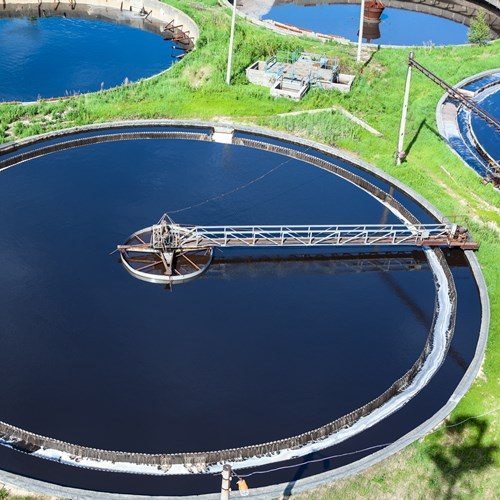The scarcity of water is one of the biggest issues faced by the current generation. Due to the changes in climatic pattern, rising number of industrial employments and other commercial residues, the remaining water sources have kept on being polluted, and hence, the level of drinkable and safe water is dropping at an alarming rate. Currently, while the level of wastewater is rising, on the other hand, the sources of potable water are diminishing. However, in order to contend with these issues and for handling the increasing scarcity of drinkable water, across the globe, multiple water treatment solutions have been implemented.
Water treatment solutions involve the process of making the water more purified and acceptable for a particular end-use. The end-use of water might be drinking, commercial utilization, water supply to industrial applications, irrigation, maintenance of water stream in the river, and other water bodies, water recreation, and much more.
The primary objective of implementing water treatment systems is basically twofold – to reinforce the availability of drinkable water and to dispatch a safe and pollution free water source to the external water bodies. Water treatment systems not only remove contaminants and detrimental elements and chemicals from the water but also enhance water quality level so that it can meet up its desired end-use.
Processes of Water Treatment Solutions:
Removing pollutants, solids, and chemicals from the water and making it drinkable is not a matter of a minute or single step. It involves multiple stages and multifaceted functionalities.
- Pre-chlorination: This step is designed for the algae control and detaining of biological enlargement in the water body
- Aeration: Aeration together with pre-chlorination is intended for removing the dissolved iron and manganese
- Coagulation: Coagulation is used for flocculation or the filtration of slow-sand
- Polyelectrolyte: Polyelectrolyte or Coagulant aids is utilized for improving the level of coagulation and for more robust configuration of flow
- Sedimentation: It is outlined for the separation of solids and elimination of poised solids trapped in the flow
- Filtration: The step of filtration is intended for removing the elements from waters either by channel in the course of a sand divan that can be cleaned and reused or by a course through a specifically designed washable-enabled filter.
- Disinfection: This step is meant for removing the germs, chemicals, bacteria viruses and other pathogens from the water and makes it completely safe for use.



 What Is The Textile Effluent Treatment?
What Is The Textile Effluent Treatment?